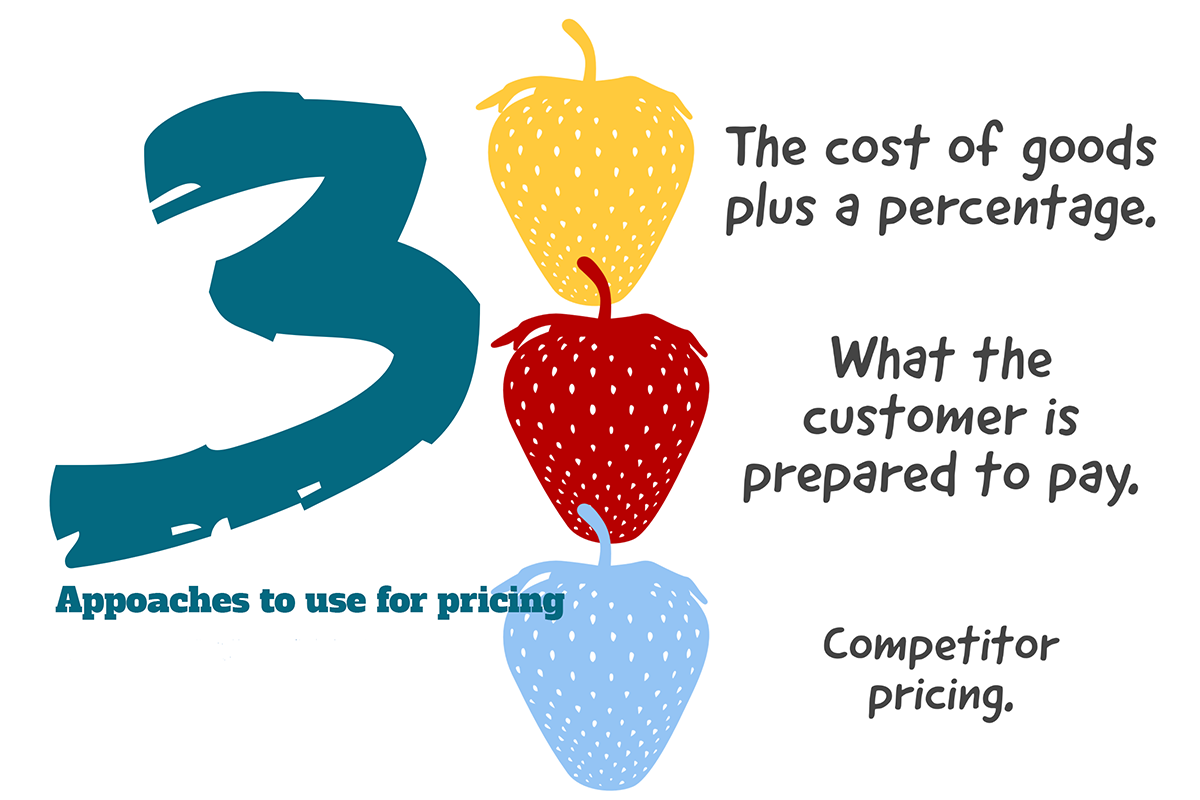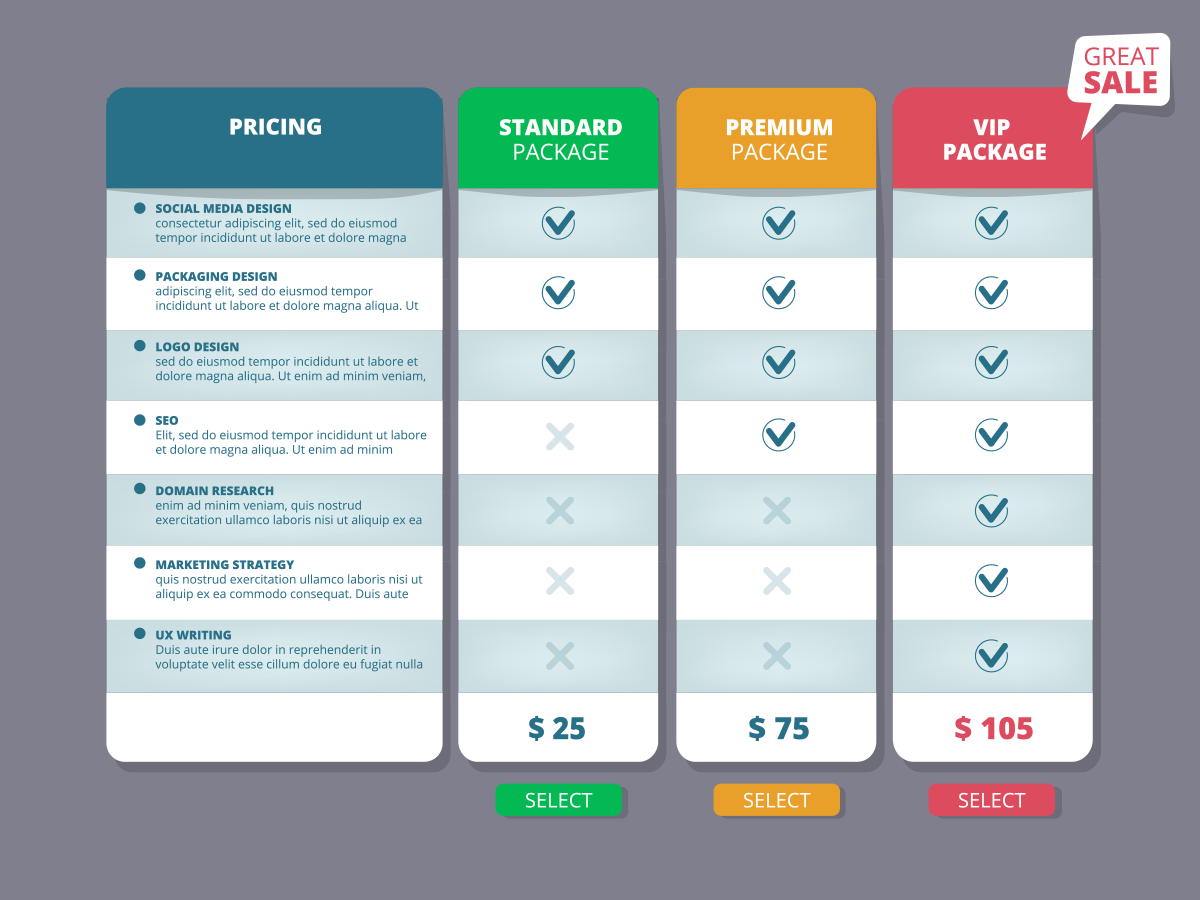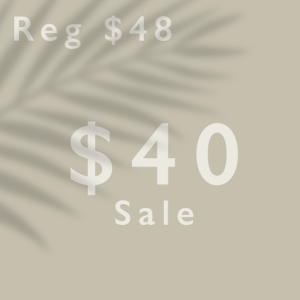
Plumber vs Electrician SEO
- Oct 24 2025
- /
- 366

Small Business Owners and Tradies set and adjust their prices for their products and services to respond to the changing marketplace and economic climate; increases in overheads, labour and material costs increases; to remain competitive and meet the expectations of customers; and to attract new clients.
Your pricing strategy is a strategic tool to help you achieve your business' objectives.
1 The cost of goods plus a percentage.
2 What the customer is prepared to pay.
3 Competitor pricing.
Businesses tend to choose one method; however, to be effective, price setting should include all three approaches and be reviewed regularly, probably once every three months.

This includes costs of your product and service delivery, as well as your total overheads, sales and marketing expenses. This can cover a whole range of things like:
Also factor in rising costs such as increasing superannuation payments and electricity.
For help on setting your break-even point; i.e. how many sales have to be made before you start making a profit; the Victorian Government provides information on calculating your breakeven point, margin and markup.
If you are a service-based business an important question to consider is whether to price your service by the hour or use a project-based fee structure. Clients tend to like flat fees so they have no surprises when they get the final bill, while service providers tend to prefer hourly pricing so they don't lose money when a project requires more work than they anticipated. You may need to trial each approach to see what works best for you. Perhaps a call-out fee is appropriate when travel is involved.
If you're a service business, the Queensland Government has a useful calculator to determine a realistic hourly rate for your services.
It's important to know what customers think they should be paying for your product or service.
Customers may see extraordinary value from something that isn't expensive to make or deliver. Setting your price only to cover costs may be robbing you of profits. Deciding whether your price will attract bargain hunters or people 'looking for quality' is important to consider as part of your marketing strategy.
However, there may be a problem if your product or service is more expensive to provide than customers are prepared to pay.
If you do set a higher price point than your competitors, you will have to explain to potential customers the added value that you provide for your product or service.
Market research can help you find out what your customers are prepared to pay.
You need to consider how long you can sell your products or services at the premium price; for example, leading up to Easter, shops can charge a premium price for Easter eggs but as soon as Easter has finished the demand drops and the prices are lowered.
In the tourism industry, there are clear peak times and off-peak times which result in different rates. This may also apply to your industry.
If you are marketing a new product, such as new technology, customers will often pay top dollar to be one of the first to own the product but as soon as it's no longer considered new, the price may need to drop to keep attracting customers.
This practice is also known as price skimming where businesses maximise their profits by charging a higher price when demand is high and gradually lower the price over time. This is an important strategy for products perceived as rare or high quality.
In Australia, it's compulsory to charge GST for all businesses earning over $75,000. This can sometimes feel like a 10 percent price hike to customers if you suddenly start charging it, so it can be worth charging GST from the beginning, even if you're not sure whether you'll reach the threshold.
If you don't put "plus GST" on the price, it is assumed that the price quoted includes GST.
It's important to understand what your competitors are charging and if possible the reasons for their price.
The Australian Tax Office provides an app to help you get a feel for what others are charging
If there is a difference in price, it's important to communicate to customers the reason for the difference such as quality, cost savings, after sales service and experience.
Never assume your competition has got their pricing right. To help you with this process use the following marketing plan template.
(from https://www.business.vic.gov.au/money-profit-and-accounting/pricing/pricing-strategies)
Recent research studies can assist us to better understand pricing techniques and strategies that could leverage the best financial results from the sale of our goods and services.
One of the techniques used by marketers in forming a new pricing strategy is to directly compare your price with that of a competitor.
Comparative pricing isn't always as reliable as we think and can effect costumers' perceptions of the product in a few different ways.
When purchasing off-the-shelf products or medicines at a pharmacy, advertising may encourage a customer to compare the price of the generic or in-house brand with a nationally recognised brand.
New research from a Stanford Business School marketing study has shown that asking consumers to directly compare prices may have unintended effects.
The study found that comparative pricing isn't always favourable because "it can change the behaviour of consumers in very fundamental ways."
The customer may not go for the cheapest pharmacy product but choose the major brand because it is perceived to be the less risky choice.
"Or consumers may decide not to buy at all or to minimize what they perceive as a heightened risk instead of following the advice that the marketer had in mind."
Professor Simonson - Stanford Graduate School of Business.)
The study analyses the effect of implicit and explicit comparisons to arrive at this conclusion.
Implicit comparisons occur when a customer takes the initiative to compare two or more products.
Explicit comparisons are those that are specifically stated or brought up by the marketer or advertiser.
When customers make their own comparisons and decisions (implicit) for the same or a similar product with 3 different prices, they are more likely to pay a higher price.
When customers are explicitly told to compare the 3 prices, they are more likely to be risk averse and pay the mid-price, not the lower or higher price or sometimes not make a purchase at all.

According to new research there are benefits to selling time over money.
"Because a person's experience with a product tends to foster feelings of personal connection with it, referring to time typically leads to more favourable attitudes—and to more purchases."
Professor Jennifer Aaker - Stanford Graduate School of Business.)

The selling experience or time spent with a product works better in some instances than discussing the product's favourable price.
Aaker noted that around 48% of advertisements include a reference to "time"; therefore, many marketers seem to innately understand the importance of time to a consumer.
For example, Aaker and co-author, Cassie Mogilner, set up a lemonade stand using two 6-year olds, so it would appear legitimate.
In the experiment, a sign was used to advertise the stand and that the lemonade could be purchased for between $1- $3, with the customer selecting what price they would pay. Three trials were conducted, each with a different sign to advertise the lemonade:
1 "Spend a little time and enjoy C&D's lemonade"
2 "Spend a little money and enjoy C&D's lemonade"
3 "Enjoy C&D's lemonade" (neutral sign)
The first sign stressing "time" attracted twice as many people, who were willing to pay twice as much for their lemonade.
The researchers thought one explanation is that our relationship with time is much more personal than our relationship with money.
"Ultimately, time is a more scarce resource—once it's gone, it's gone—and therefore more meaningful to us. How we spend our time says so much more about who we are than does how we spend our money."
Cassie Mogilner - Stanford Graduate School of Business.)
How to set your price points may depend on whether you want to attract "bargain hunters" or "value seekers".
The differences between your pricing points can affect a customer's perceived value of your product and how they convince themselves what to buy.
Dan Ariely examined the influence of pricing points in a study of an advertisement for the sale of subscriptions to the journal, The Economist.
Ariely noticed that The Economist offered 3 price points:
1 A web-only subscription for $59
2 A print-only subscription for $125
3 A web + print subscription for $125
At first, Ariely felt this didn't make sense, as Option 2 seems "useless" because you'd be better off getting the print + web subscription for the same price.
When he contacted The Economist and alerted them to this anomaly in their pricing points, they quickly withdrew the advertisement.
The price in the middle seemed "useless" because the 'web + print subscription' was the same price as just the print subscription.
However, Ariely examined what would happen if he kept the Option 2. middle price in an offer to 100 MIT student 'customers'. He then conducted a follow up study where he took the middle price out of the offer to a different group of 100 MIT student 'customers'.
For the MIT students who were offered all 3 subscription prices (and therefore the opportunity to compare Option 2. to Option 3., the combined 'web print + print web subscription' of Option 3. looked like an excellent deal. This was reflected in the number of students who indicated they would take up the Option 3 subscription offer.
Option 1. web-only - 16% ($59)
Option 2. print-only - 0% ($125)
Option 3. web + print - 84% ($125)
It seems the middle price was in fact useful in that it helped get 'customers' to turn from being "bargain hunters" to "value seekers".
When the middle option was taken away, the MIT 'customers' looked at the two prices and convinced themselves that they didn't need the more expensive "upgrade" and the cheaper Option 1. web-only subscriptions more than quadrupled.
Option 1. web only - 68% ($59)
Option 3. print + web - 32% ($125)
Without the middle option, the price points for The Economist had too much contrast. The customers became "bargain hunters" rather than "value seekers".
With appropriate pricing in place, you can offer customers options that fit their budget as "bargain hunters". Alternatively, you can convince "on the fence" customers that the premium offer gives enough benefits for them to justify the higher price and they become "value seekers".
Studies show that the use of a '9' at the end of a price does work to increase sales. The use of this tactic has been dubbed, "charm prices".

People are influenced by a $99 price point versus paying $100.
In an experiment by MIT and the University of Chicago, a standard women's clothing item was tested at the prices of $34, $39 and $44. The research revealed that the item sold best at $39, even more than the cheaper $34 price.
Researchers, however, have found that sale prices that emphasize the original price seem to beat out number '9' when split tested.
In the image below, the price point on the left won:


So, apparently '9' can be defeated with a sale price.
However, the number '9' still comes out on top when it is used in conjunction with a sales price.
In another split test, the sale price was used ending in '9', and it out performed the split test above for total sales.

A case study from Robert Cialdini's 'Influence', discusses how a local jeweller managed to sell out of turquoise jewellery because it was accidentally priced at double its initial price, instead of half, which is the price the jeweller had intended to advertise.
The inflated price now made the jewellery 'irresistible' to buyers, who had previously ignored the colour of the jewellery and was the initial reason for the intended price cut.
After the price had been raised, the context of turquoise jewellery had a created a "high value" in the buyers' minds, even without an explanation.
When it comes to price, priming is also heavily influential; for example, a $60 dinner looks to be good value when anchored next to a $300 dinner.
Similarly, the best way to sell a $3,000 lounge suite is to put it next to a $10,000 lounge suite.
Even if you don't intend to make large sales volumes from premium items, their presence alone can help the 'anchoring effect' to take hold and increase conversions to sales on the product you are really aiming to sell en masse.
(adapted from Gregory Ciotti, founder of Sparring Mind)
Finally, in order to ensure your business is successful and profitable, you have to be willing to take "no" for an answer from a client from time to time. Unless you are constantly underpricing your services or products, there will always be customers who find you too expensive.
Alternatively, you will have to turn down clients who want to underpay you. In the long run, you are better off losing these ultra-cheap clients rather than setting a trend of giving away your services or selling your products for less than they are worth.
It's all about finding the balance and being happy with your 'balance sheet'...
In the end, being well-informed about the psychology of pricing in relation to the services and products you offer your customers and potential clients, will assist you to make the best decisions for your business to ensure its ongoing success.

Sources and References
Dan Ariely. https://www.youtube.com/watch?v=xOhb4LwAaJk
Robert B. Cialdini. Influence – The Psychology of Persuasion. Collins NY, 2006.
Gregory Ciotti. https://www.sparringmind.com/
Peep Laja. https://cxl.com/blog/pricing-experiments-you-might-not-know-but-can-learn-from/
Alice LaPlante. https://www.gsb.stanford.edu/insights/jennifer-aaker-happiness-time-connection
Alice LaPlante. https://www.gsb.stanford.edu/insights/asking-consumers-compare-may-have-unintended-results
Neil Patel. https://neilpatel.com/blog/5-psychological-studies/
https://www.business.vic.gov.au/money-profit-and-accounting/pricing/pricing-strategies
https://www.business.qld.gov.au/running-business/marketing-sales/marketing-promotion/pricing/calculators
https://www.business.vic.gov.au/money-profit-and-accounting/pricing/calculate-your-breakeven-point-margin-and-markup
https://www.business.vic.gov.au/marketing-and-sales/increasing-sales-through-marketing/doing-market-research
https://www.ato.gov.au/business/small-business-benchmarks/
https://www.business.vic.gov.au/marketing-and-sales/increasing-sales-through-marketing/marketing-plan-template
https://www.wix.com/blog/2015/04/are-you-charging-enough-5-tips-for-pricing-your-service










Electricians home automation air conditioning data security Brisbane.
Electrical Brisbane